Sustainable Materials and Their Impact on Interior Design
Sustainable materials have become a cornerstone in modern interior design, redefining the approach to aesthetics, functionality, and environmental responsibility. As both awareness of climate change and consumer preference for eco-friendly options rise, designers are increasingly integrating sustainable resources into their projects. The use of such materials not only reduces the ecological footprint but also elevates interior spaces with unique textures, stories, and long-lasting value. This page explores the multifaceted influence of sustainable materials on interior design, examining trends, innovation, benefits, challenges, and future outlooks.
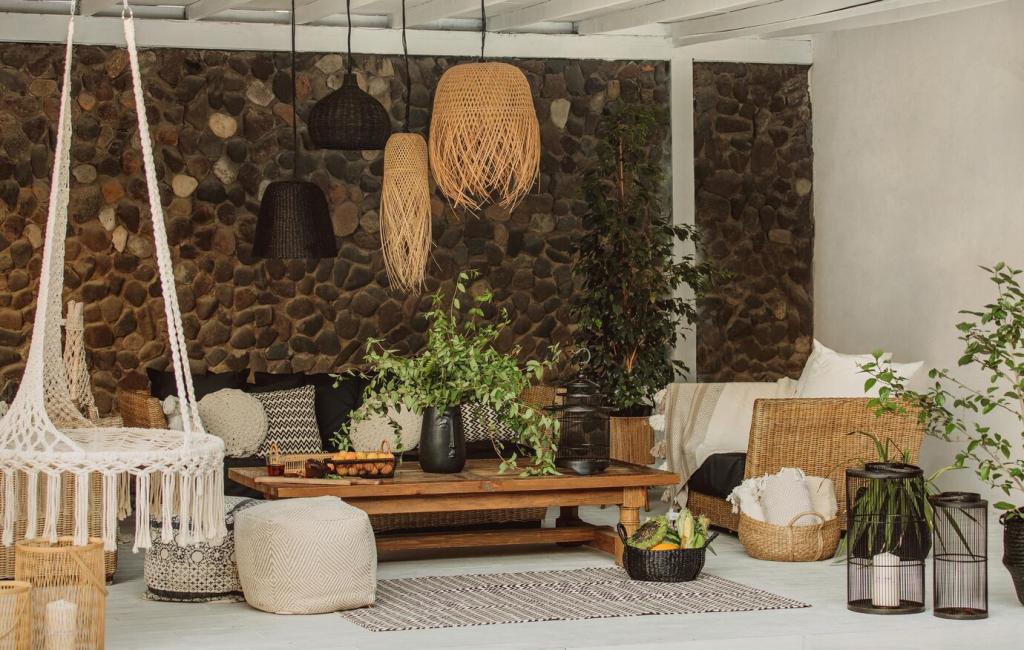
The Evolution of Sustainable Materials in Interior Design
Eco-consciousness in interior design reflects a broader societal shift toward considering the environment in daily decisions. This awareness is often driven by trends in green living and a desire to preserve natural resources for future generations. As consumers become more informed, they place greater pressure on designers to select sustainable materials and processes. This fresh perspective has made eco-conscious design not just a niche movement but a defining feature of contemporary interiors, where every choice is weighed for its environmental impact and contribution to a healthier planet.
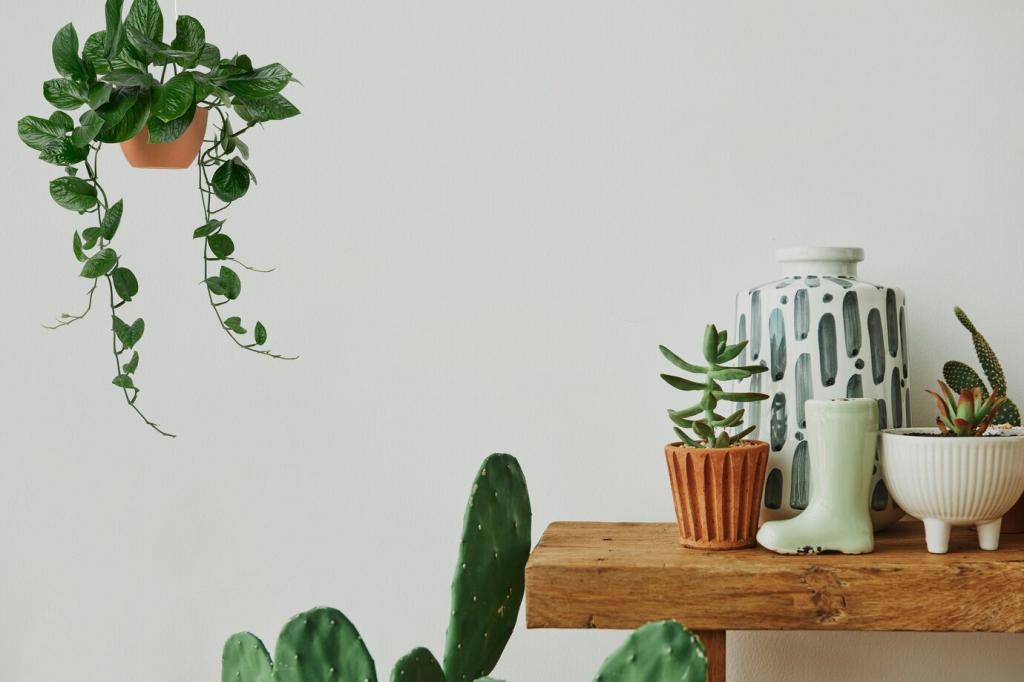
Types of Sustainable Materials Used in Interiors
Reclaimed and Recycled Wood
Reclaimed and recycled wood have become staples in sustainable design thanks to their ability to infuse spaces with warmth and authenticity while reducing the need for virgin timber. These woods are sourced from old buildings, ships, or furnitures, carrying unique patinas and history into modern environments. Their use helps avert deforestation and supports the circular economy by giving aged materials new life. This process, though labor intensive, ensures each piece is one-of-a-kind and environmentally sound, contributing to interiors that tell a meaningful story and stand the test of time.
Natural Fiber Textiles
Natural fiber textiles such as organic cotton, hemp, and linen are popular options for everything from upholstery to rugs. Grown without synthetic pesticides or fertilizers, these fibers have a lower environmental impact than conventional textiles. They are biodegradable, often hypoallergenic, and comfortable, offering designers both sustainability and versatility. The tactile nature of these fibers creates a welcoming ambiance while supporting ethical agriculture practices, reducing pollution, and offering options for those with sensitivities or a preference for natural materials.
Low-Impact Concrete Alternatives
Innovative alternatives to conventional concrete, such as hempcrete, fly ash concrete, and recycled aggregate mixtures, are changing the landscape of interior surfaces and structures. These materials leverage industrial byproducts or renewable plants to minimize carbon emissions traditionally associated with concrete production. Their structural integrity and aesthetic flexibility open new design possibilities, from polished floors and countertops to artistic wall panels. By embracing these alternatives, designers reduce the embodied carbon in buildings and exemplify the shift toward a more sustainable construction industry.

Previous slide
Next slide
Innovations and Trends in Sustainable Material Design
Bio-Based and Engineered Materials
The development of bio-based materials—such as bioplastics derived from algae, mushroom mycelium, and engineered composites—signals a new era for sustainable interiors. These materials hold promise in mimicking the aesthetics and functions of conventional plastics and woods without their environmental baggage. Engineered solutions allow for customization in texture, color, and performance, supporting creative design in applications from wall panels to light fixtures. Continued research fuels their rapid expansion, making bio-based innovations central to the next wave of responsible interior design.
Circular Design Principles
Circular design, which emphasizes the reuse, refurbishment, and recyclability of materials, is redefining the lifecycle approach to interiors. This trend encourages designers to consider a product’s end-of-life during initial conceptualization, ensuring that materials can be recovered and reintegrated into production rather than ending in landfills. It has inspired modular furniture, easily separable finishes, and fixtures designed for disassembly, unveiling new approaches to adaptability and longevity. Circular principles are fast becoming a key metric for sustainable practice and consumer expectations.
Smart and Responsive Materials
Advanced technologies have led to the creation of smart materials capable of responding to environmental stimuli such as temperature or humidity. Materials like phase-change composites, self-healing wood, and coatings that purify the air are transforming interior spaces into dynamic environments. These adaptive properties improve energy efficiency, durability, and user experience, merging sustainability with innovation. As smart materials become more accessible, designers can deliver interiors that are not only responsible but also interactive and future-ready.

Harmonizing Nature and Modernity
Sustainable materials offer an organic counterpoint to sleek modern interiors, creating visual balance and tactile sophistication. Designers integrate exposed brick, reclaimed wood, or natural stone with contemporary furniture to craft spaces that acknowledge their ecological origins while embracing futuristic sensibilities. This harmony between natural elements and modern design fosters authenticity, emotional warmth, and a tangible connection to the environment, achieving beauty without sacrificing responsibility.
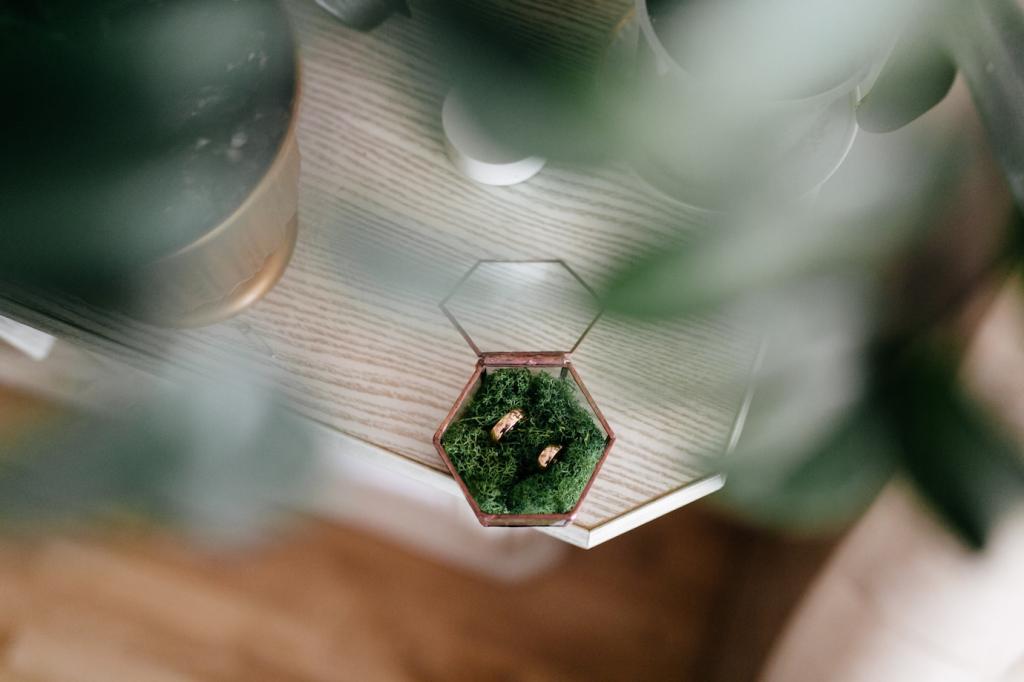
Customization and Personal Expression
Sustainable materials can be highly versatile, lending themselves to extensive customization through finishes, forms, and creative applications. Designers can celebrate the inconsistencies of salvaged timber or incorporate bespoke ceramic tiles made from recycled content, translating eco-friendly choices into unique works of art. The narrative of each material—its origins, transformation, and impact—serves as a medium for personal or brand storytelling, enabling interiors to be not only environmentally sound but also deeply individual.
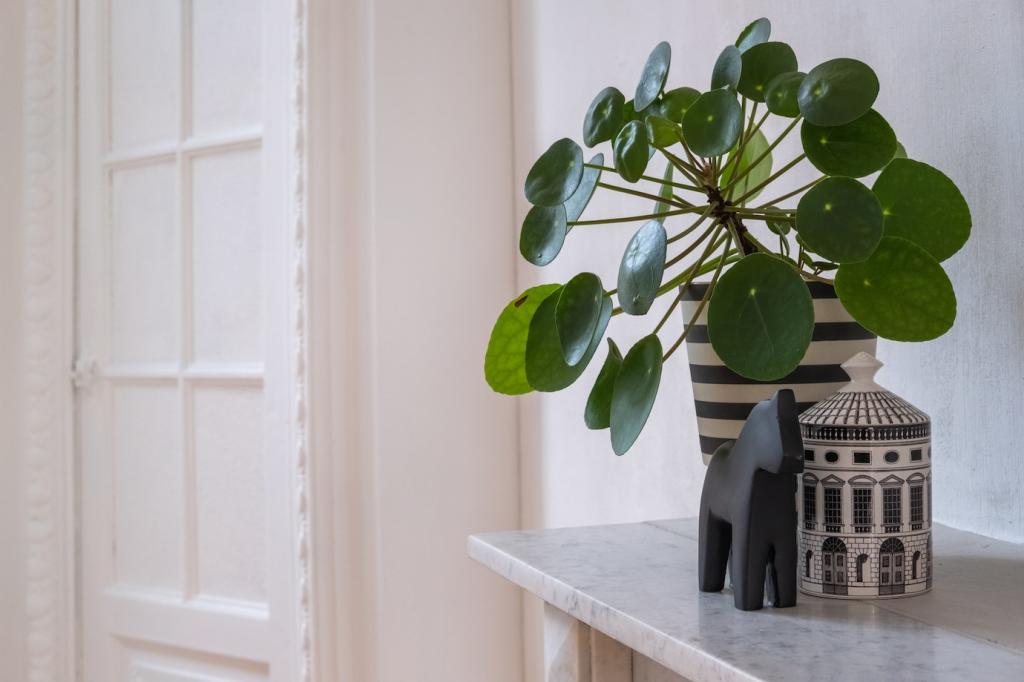
The Role of Color, Texture, and Light
Materials such as cork, rammed earth, and wool offer designers a broad palette of colors, textures, and light-diffusing qualities that enrich interior environments. Careful selection and placement amplify these sensory benefits, inviting occupants to touch, feel, and interact with their surroundings. Natural daylight, reflected on textured walls or filtered through organic fabrics, enhances the depth and dynamism of spaces. Through the thoughtful use of material characteristics, designers craft environments that nurture both the senses and the ecosystem.
Economic and Social Impacts of Sustainable Material Choices
Opting for locally-sourced sustainable materials reduces transportation emissions and bolsters regional industries. By choosing materials produced by nearby artisans or small-scale manufacturers, designers create a positive feedback loop that keeps economic value within the community. This not only strengthens local economies but also promotes cultural preservation by encouraging traditional craftsmanship and regional material authenticity. Supporting local supply chains is thus both a strategic and ethical benefit of sustainable interiors.
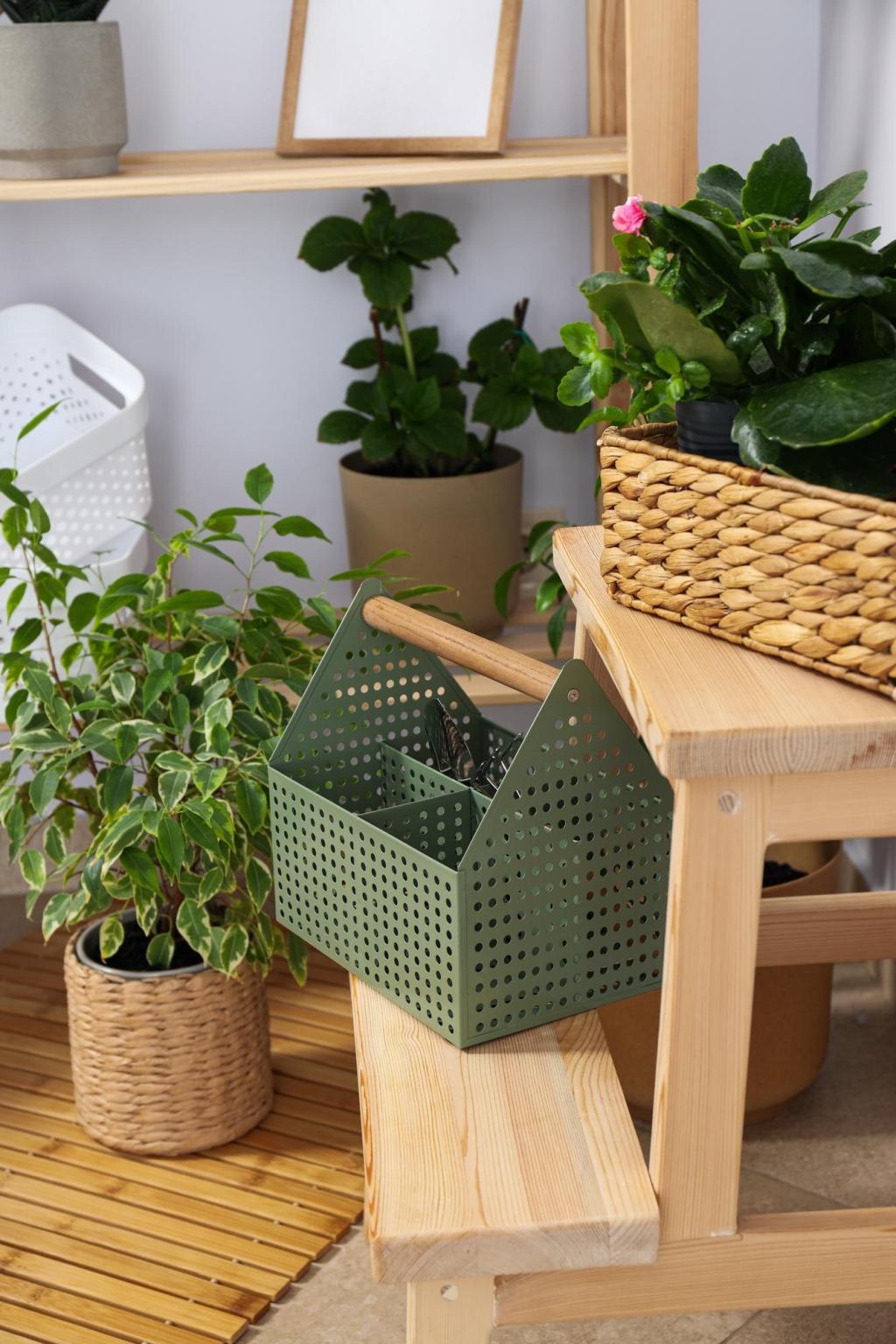
The perceived and sometimes real cost premium associated with sustainable materials can deter clients on tight budgets. Limited availability, especially in certain regions, exacerbates the problem, making it difficult to source the right quantity or specification. Designers may also face lead times or logistical challenges that complicate project planning. Education, advocacy, and increased market demand are essential to drive economies of scale, making sustainable materials more accessible, affordable, and commonplace for all types of projects.

